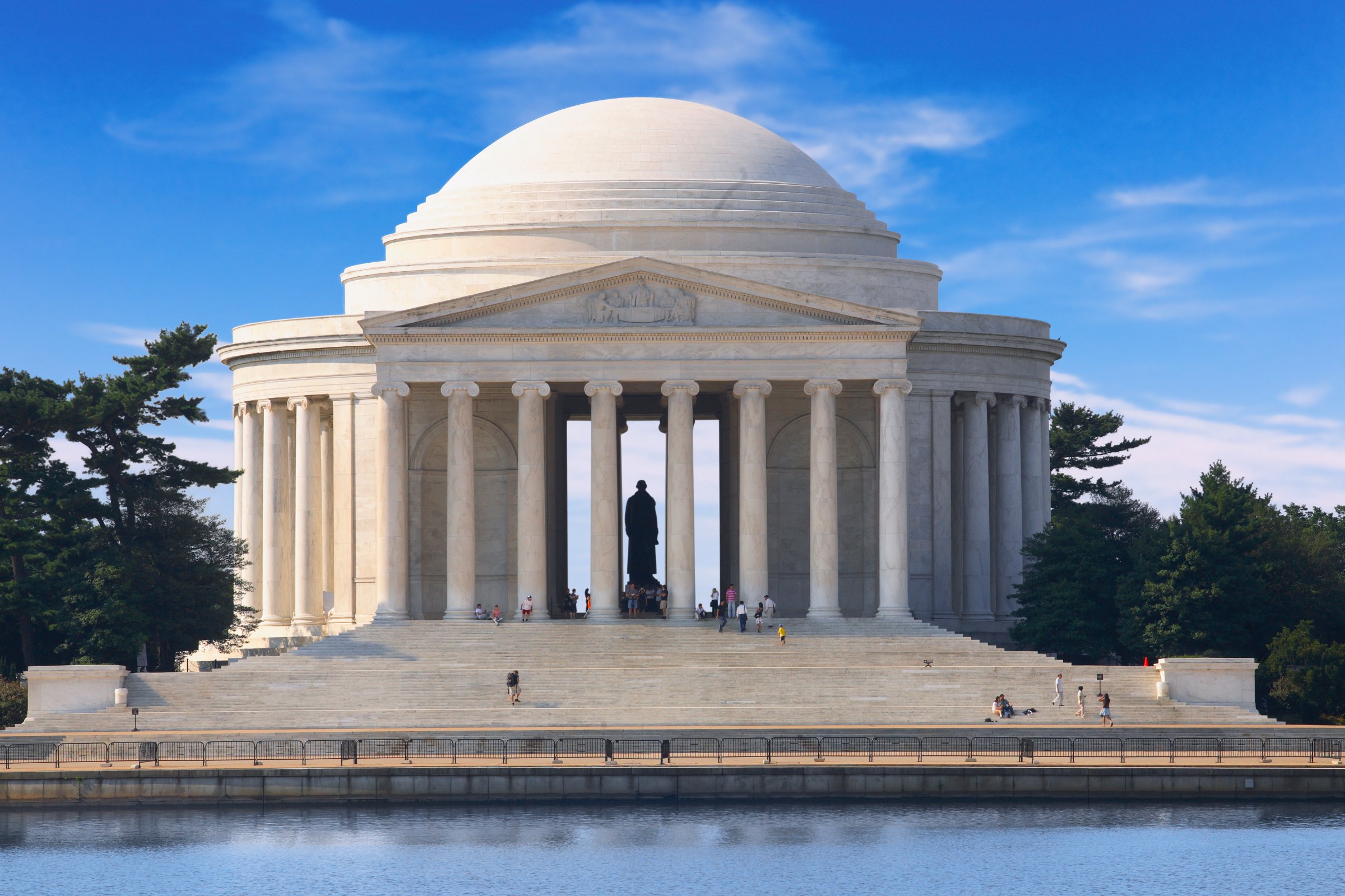
As my grandmother often said to me as a child, there is a time and place for everything. The time is always right to tell the truth about our history, however the place may not always be appropriate. That is where Harvard Law School stands. The university is a place where students are supposed to receive equal educations in a safe, non-threatening environment. Harvard Law School announced this week that it is retiring its official shield, which depicts three bundles of wheat in honor of Isaac Royall Jr., the slaveholder who donated his estate to create the first Law Professorship at Harvard. Many saw the image as offensive, hurtful and divisive. The shield has become an obvious distraction and possible threat to the livelihood of the school’s purpose and safety.
We must always be diligent in our quest to make sure that the place for such historical memories are not off-putting and detrimental to the core mission of an institution—nor should they hinder the learning environment of the students that higher education classrooms are designed to equally embrace.
Historical documents and monuments like the Jefferson Memorial, on the other hand, in most cases are positioned in places where people can observe them in context with historical events. Additional information and resources help people understand their connection to us and the country. If there are concerted efforts to teach and remember in a non-hostile environment, it makes all the difference.
Racially charged vandalism occurred on Harvard’s campus earlier this school year, and I question what role the shield directly or indirectly played to incite that injustice. Is it merely a symbol of our past or a way of perpetuating white supremacist patriarchy? Either way, symbols are powerful and the example of equality and inclusion has to start from the top down. I commend the Harvard Law School for their efforts to change their environment in moving on to a new shield that currently represents the values and pride of the university today.
That said, I’m still conflicted with where this situation leaves us. Is this example at Harvard a slide on a slippery slope to get rid of more historical objects and landmarks that represent or honor flawed individuals? As a descendant of President Thomas Jefferson and his slave Sally Hemings, I understand that there must be balance in how we display and represent our legacy as a nation. He clearly was a slave owner, so should he be removed from all historical records and documents? Should Jefferson’s Memorial be removed? Should he be taken off of the $2 bill and the nickel? Should we rename every school that bears his name?
I’m not condoning or glorifying his actions; I am a descendant of his legacy, flaws and all. I can’t remove Jefferson from my blood any more than we can remove him from history.
As a nation, it is our duty to be responsible and mindful of history while not losing sight of our aims of being more welcoming, inclusive and respectful. Harvard Law School is headed in the right direction. I hope it continues to improve its environment, making it more diverse and inclusive. I hope it fights to hire more professors of color, provide more scholarships for minority students and work on more comprehensive curriculum.
I also hope that Harvard doesn’t discard or destroy all sign of the shield, but display a few in a museum that speaks to the school’s history. This way the university would not be rewriting history but helping it evolve. Harvard Law School could also document how times have changed and display some of the petitions that led to the university’s new interpretation of the crest.
It’s important to recognize and remember the past, but at the same time, we must push forward to improve our collective future. As society changes and matures so must other things. As my great-great-great-great-great-great-grandfather Thomas Jefferson once said:
I am not an advocate for frequent changes in laws and constitutions, but laws and institutions must go hand in hand with the progress of the human mind. As that becomes more developed, more enlightened, as new discoveries are made, new truths discovered and manners and opinions change, with the change of circumstances, institutions must advance also to keep pace with the times. We might as well require a man to wear still the coat which fitted him when a boy as civilized society to remain ever under the regimen of their barbarous ancestors.
Our history and the images that represent it are complicated. Every case isn’t black and white, as my family isn’t simply black and white. We should judge each case and each individual separately on their own merits and try to come up with solutions that don’t continue to oppress people. It’s time we stop trying to sugarcoat our history and just teach it while demanding full inclusion of our complicated past, moving forward in making this country a better place to live. There’s a time and a place for everything, including symbols that make us confront the worst parts of our past.
More Must-Reads from TIME
- L.A. Fires Show Reality of 1.5°C of Warming
- Behind the Scenes of The White Lotus Season Three
- How Trump 2.0 Is Already Sowing Confusion
- Elizabeth Warren’s Plan for How Musk Can Cut $2 Trillion
- Why, Exactly, Is Alcohol So Bad for You?
- How Emilia Pérez Became a Divisive Oscar Frontrunner
- The Motivational Trick That Makes You Exercise Harder
- Zelensky’s Former Spokesperson: Ukraine Needs a Cease-Fire Now
Contact us at letters@time.com